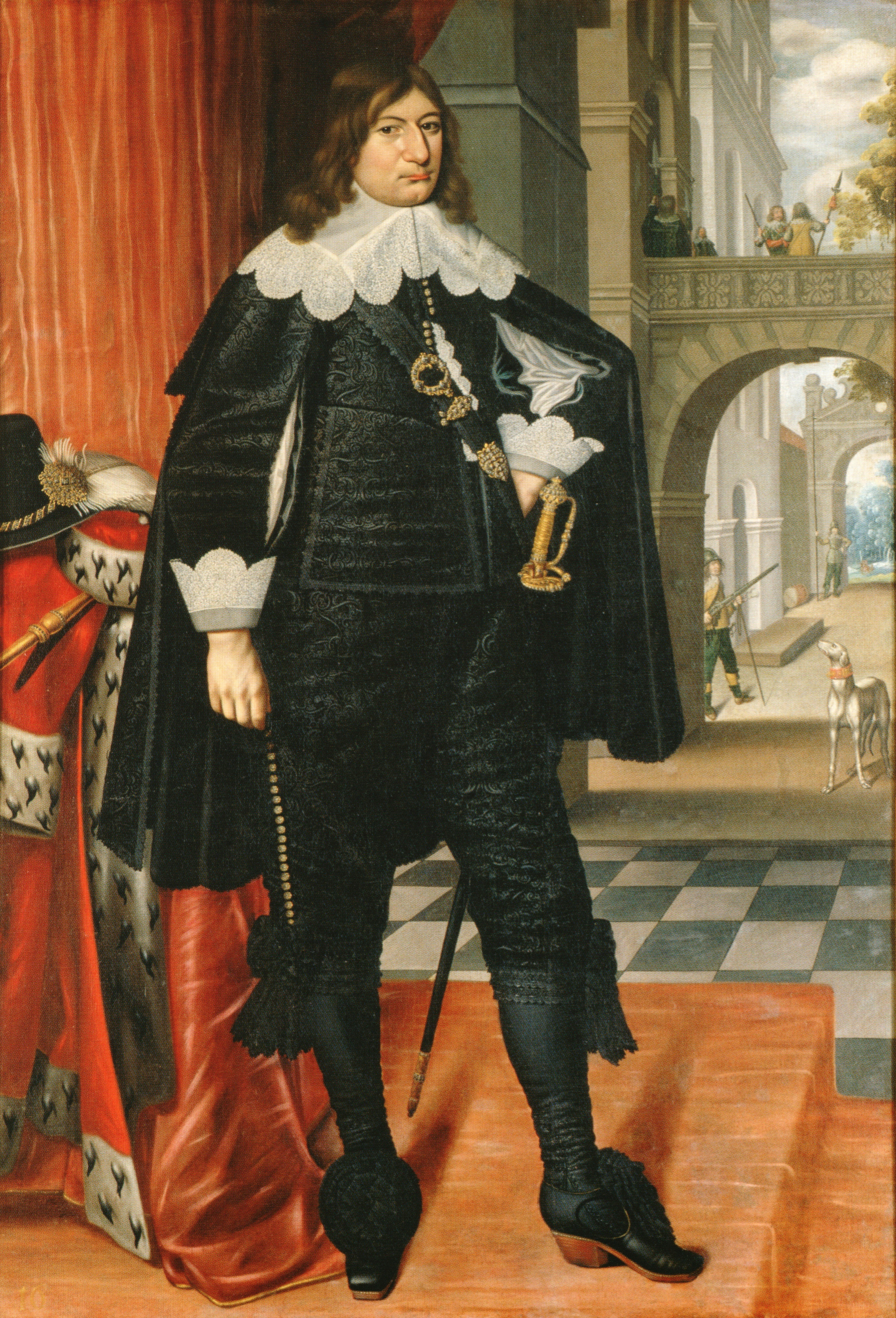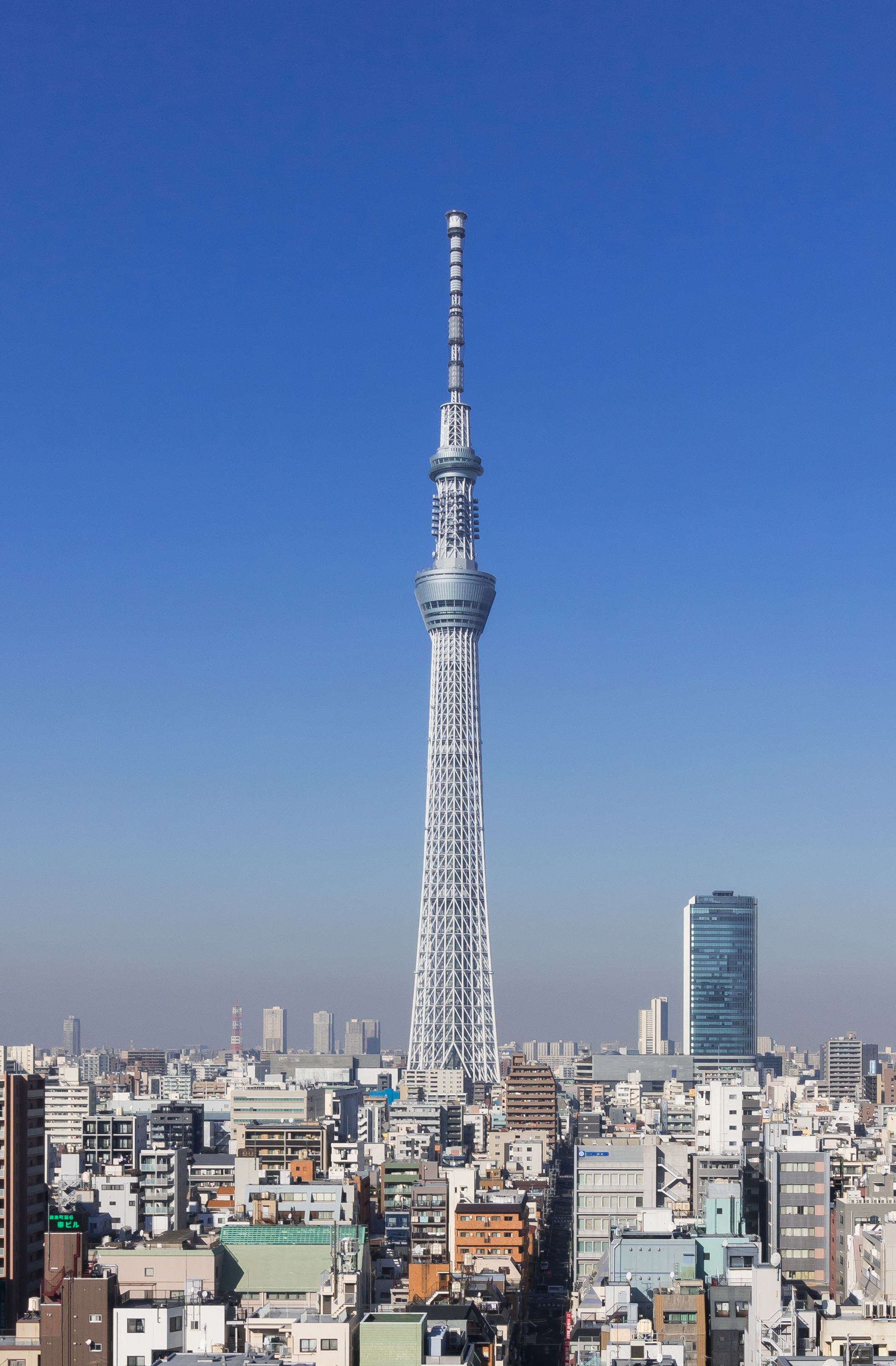|
Hakenberg Victory Column
The Hakenberg Victory Column is a 36-metre tall monument with an observation deck at Hakenberg near Fehrbellin in Brandenburg, Germany. It was designed by Christian Daniel Rauch and built between 1875 and 1879. It commemorates the victory of Frederick William, Elector of Brandenburg, over the troops of occupying Sweden in the Battle of Fehrbellin (1675). See also *List of towers Several extant building fulfill the engineering definition of a tower: "a tall human structure, always taller than it is wide, for public or regular operational access by humans, but not for living in or office work, and are ''self-supporting' ... Monuments and memorials in Germany Monumental columns in Germany Buildings and structures in Ostprignitz-Ruppin 1879 sculptures Terminating vistas in Germany Towers completed in 1879 Victory monuments Outdoor sculptures in Germany Statues in Germany {{Brandenburg-struct-stub ... [...More Info...] [...Related Items...] OR: [Wikipedia] [Google] [Baidu] |
Frederick William, Elector Of Brandenburg
Frederick William (german: Friedrich Wilhelm; 16 February 1620 – 29 April 1688) was Elector of Brandenburg and Duke of Prussia, thus ruler of Brandenburg-Prussia, from 1640 until his death in 1688. A member of the House of Hohenzollern, he is popularly known as "the Great Elector" (') because of his military and political achievements. Frederick William was a staunch pillar of the Calvinist faith, associated with the rising commercial class. He saw the importance of trade and promoted it vigorously. His shrewd domestic reforms gave Prussia a strong position in the post-Westphalian political order of north-central Europe, setting Prussia up for elevation from duchy to kingdom, achieved under his son and successor. Biography Elector Frederick William was born in Berlin to George William, Elector of Brandenburg, and Elisabeth Charlotte of the Palatinate. His inheritance consisted of the Margraviate of Brandenburg, the Duchy of Cleves, the County of Mark, and the Duchy of Pru ... [...More Info...] [...Related Items...] OR: [Wikipedia] [Google] [Baidu] |
Swedish Invasion Of 1674/1675
The Swedish invasion of Brandenburg (1674–75) (german: Schwedeneinfall 1674/75) involved the occupation of the undefended Margraviate of Brandenburg by a Swedish army launched from Swedish Pomerania during the period 26 December 1674 to the end of June 1675. The Swedish invasion sparked the Swedish-Brandenburg War that, following further declarations of war by European powers allied with Brandenburg, expanded into a North European conflict that did not end until 1679. The trigger for the Swedish invasion was the participation of a 20,000 strong Brandenburg Army in the Holy Roman Empire's war on France as part of the Franco-Dutch War. As a result, Sweden, a traditional ally of France, occupied the militarily unprotected margraviate with the declared aim of forcing the Elector of Brandenburg to sue for peace with France. In early June 1675 the Elector and his 15,000 strong army decamped at Schweinfurt in Franconia, now southern Germany, and reached the city of Magdeburg on . In a ... [...More Info...] [...Related Items...] OR: [Wikipedia] [Google] [Baidu] |
Battle Of Fehrbellin
The Battle of Fehrbellin was fought on June 18, 1675 (Julian calendar date, June 28th, Gregorian), between Swedish and Brandenburg-Prussian troops. The Swedes, under Count Waldemar von Wrangel (stepbrother of '' Riksamiral'' Carl Gustaf Wrangel), had invaded and occupied parts of Brandenburg from their possessions in Pomerania, but were repelled by the forces of Frederick William, the Great Elector, under his ''Feldmarschall'' Georg von Derfflinger near the town of Fehrbellin. Along with the Battle of Warsaw (1656), Fehrbellin was crucial in establishing the prestige of Frederick William and Brandenburg-Prussia's army. Prelude Prior to the battle the Swedes and Brandenburg had been allies in various wars against the Kingdom of Poland. However, when Elector Frederick William during the Franco-Dutch War had joined an allied expedition with Emperor Leopold I to Alsace against the forces of King Louis XIV of France, the French persuaded Sweden, which had been increasingly iso ... [...More Info...] [...Related Items...] OR: [Wikipedia] [Google] [Baidu] |
Fehrbellin
Fehrbellin is a municipality in Germany, located 60 km NW of Berlin. It had 9,310 inhabitants as of 2005, but has since declined to 8,606 inhabitants in 2012. History In 1675, the Battle of Fehrbellin was fought there, in which the troops of Brandenburg-Prussia defeated those of the occupying Swedish Empire. In 1758 during the Seven Years' War Prussian and Swedish forces clashed at the Battle of Fehrbellin (1758). One of the most important skydiving dropzones of Germany is located at the local airport. Municipal divisions *Fehrbellin *Betzin *Brunne *Dechtow *Deutschhof *Hakenberg *Karwesee *Königshorst * *Lentzke *Linum *Manker *Protzen *Tarmow *Walchow *Wall *Wustrau-Altfriesack Wustrau and Altfriesack were amalgamated in 1970. With 1221 residents, the combined municipal division is the largest in the municipality. Altfriesack lies between the Ruppiner See and the Bützsee and belonged to Alt Ruppin until 1872. By area, Fehrbellin is the second-largest rural municipa ... [...More Info...] [...Related Items...] OR: [Wikipedia] [Google] [Baidu] |
Christian Daniel Rauch
Christian Daniel Rauch (2 January 1777 – 3 December 1857) was a German sculptor. He founded the Berlin school of sculpture, and was the foremost German sculptor of the 19th century. Life Rauch was born at Arolsen in the Principality of Waldeck in the Holy Roman Empire. His father was employed at the court of Prince Frederick II of Hesse, and in 1790 the lad was apprenticed to the court sculptor of Arolsen, Friedrich Valentin. In 1795, he became assistant to Johann Christian Ruhl, the court sculptor of Kassel. After the death of his father in 1796 and his older brother in 1797, he moved to Berlin where he was appointed groom of the chamber in the king's household. He abandoned sculpture temporarily, but his new position provided a wider field for improvement, and he soon used the opportunity and practised his art in spare hours. He came under the influence of Johann Gottfried Schadow. In 1802, he exhibited his "Sleeping Endymion." Queen Louisa of Prussia, surprising him ... [...More Info...] [...Related Items...] OR: [Wikipedia] [Google] [Baidu] |
Brandenburg
Brandenburg (; nds, Brannenborg; dsb, Bramborska ) is a states of Germany, state in the northeast of Germany bordering the states of Mecklenburg-Vorpommern, Lower Saxony, Saxony-Anhalt, and Saxony, as well as the country of Poland. With an area of 29,480 square kilometres (11,382 square miles) and a population of 2.5 million residents, it is the List of German states by area, fifth-largest German state by area and the List of German states by population, tenth-most populous. Potsdam is the state capital and largest city, and other major towns are Cottbus, Brandenburg an der Havel and Frankfurt (Oder). Brandenburg surrounds the national capital and city-state of Berlin, and together they form the Berlin/Brandenburg Metropolitan Region, the third-largest Metropolitan regions in Germany, metropolitan area in Germany with a total population of about 6.2 million. There was Fusion of Berlin and Brandenburg#1996 fusion attempt, an unsuccessful attempt to unify both states in 1996 and ... [...More Info...] [...Related Items...] OR: [Wikipedia] [Google] [Baidu] |
List Of Towers
Several extant building fulfill the engineering definition of a tower: "a tall human structure, always taller than it is wide, for public or regular operational access by humans, but not for living in or office work, and are ''self-supporting'' or ''free-standing'', which means no guy-wires for support." This definition excludes continuously habitable buildings and skyscrapers as well as radio and TV masts. Also excluded because they are not designed for public or regular operational access are bridge towers or pylons, wind turbines, chimneys, transmission towers, sculptures and most large statues and obelisks. Towers are most often built to use their height for various purposes, and can stand alone or as part of a larger structure. Some common purposes are for telecommunications, and as a viewing platform. The Tokyo Skytree, completed in February 2012, is , making it the tallest tower, and third-tallest free-standing structure in the world. Entirely self-supported towers ... [...More Info...] [...Related Items...] OR: [Wikipedia] [Google] [Baidu] |
Monuments And Memorials In Germany
A monument is a type of structure that was explicitly created to commemorate a person or event, or which has become relevant to a social group as a part of their remembrance of historic times or cultural heritage, due to its artistic, historical, political, technical or architectural importance. Some of the first monuments were dolmens or menhirs, megalithic constructions built for religious or funerary purposes. Examples of monuments include statues, (war) memorials, historical buildings, archaeological sites, and cultural assets. If there is a public interest in its preservation, a monument can for example be listed as a UNESCO World Heritage Site. Etymology It is believed that the origin of the word "monument" comes from the Greek ''mnemosynon'' and the Latin ''moneo'', ''monere'', which means 'to remind', 'to advise' or 'to warn', however, it is also believed that the word monument originates from an Albanian word 'mani men' which in Albanian language means 'remember ... [...More Info...] [...Related Items...] OR: [Wikipedia] [Google] [Baidu] |
Monumental Columns In Germany
Monumental may refer to: * In the manner of a monument Places * Monumental Island, Nunavut, Canada * Monumental Island, New Zealand * Monumental (Barcelona Metro), a station in Barcelona, Catalonia, Spain * La Monumental, the Plaza Monumental de Barcelona, a stadium bullring in the city of Barcelona, Catalonia, Spain * Estadio Monumental Antonio Vespucio Liberti, or El Monumental, an Argentinian stadium in Buenos Aires * Plaza Monumental de Morelia, Michoacan, Mexico * Monumental Square (Alcaraz), Spain * Monumental Church, Richmond, Virginia, USA Other uses * ''Monumental'' (album), a 2011 album by Pete Rock and Smif-N-Wessun, and its title track * ''Monumental'' (Kadebostany album), 2018 * '' Monumental: In Search of America's National Treasure'', a 2012 American documentary film * Monumental Life Insurance Company See also *Monumental dance, a dance style introduced by German musical band ''E Nomine'' *Estadio Monumental (other) *Cine Monumental (other) ... [...More Info...] [...Related Items...] OR: [Wikipedia] [Google] [Baidu] |
Buildings And Structures In Ostprignitz-Ruppin
A building, or edifice, is an enclosed structure with a roof and walls standing more or less permanently in one place, such as a house or factory (although there's also portable buildings). Buildings come in a variety of sizes, shapes, and functions, and have been adapted throughout history for a wide number of factors, from building materials available, to weather conditions, land prices, ground conditions, specific uses, prestige, and aesthetic reasons. To better understand the term ''building'' compare the list of nonbuilding structures. Buildings serve several societal needs – primarily as shelter from weather, security, living space, privacy, to store belongings, and to comfortably live and work. A building as a shelter represents a physical division of the human habitat (a place of comfort and safety) and the ''outside'' (a place that at times may be harsh and harmful). Ever since the first cave paintings, buildings have also become objects or canvasses of much artistic ... [...More Info...] [...Related Items...] OR: [Wikipedia] [Google] [Baidu] |
1879 Sculptures
Events January–March * January 1 – The Specie Resumption Act takes effect. The United States Note is valued the same as gold, for the first time since the American Civil War. * January 11 – The Anglo-Zulu War begins. * January 22 – Anglo-Zulu War – Battle of Isandlwana: A force of 1,200 British soldiers is wiped out by over 20,000 Zulu warriors. * January 23 – Anglo-Zulu War – Battle of Rorke's Drift: Following the previous day's defeat, a smaller British force of 140 successfully repels an attack by 4,000 Zulus. * February 3 – Mosley Street in Newcastle upon Tyne (England) becomes the world's first public highway to be lit by the electric incandescent light bulb invented by Joseph Swan. * February 8 – At a meeting of the Royal Canadian Institute, engineer and inventor Sandford Fleming first proposes the global adoption of standard time. * March 3 – United States Geological Survey is founded. * March 11 – Th ... [...More Info...] [...Related Items...] OR: [Wikipedia] [Google] [Baidu] |






